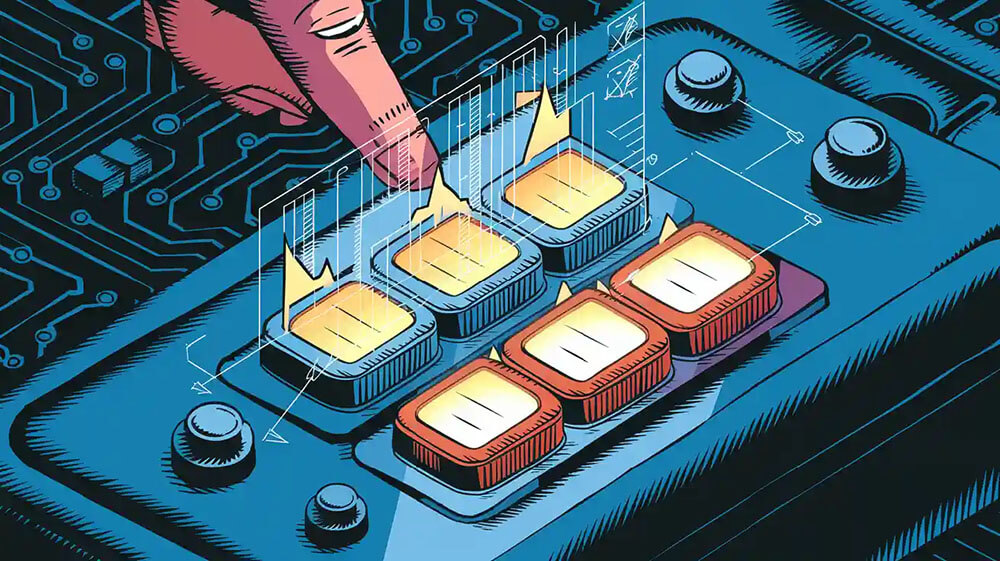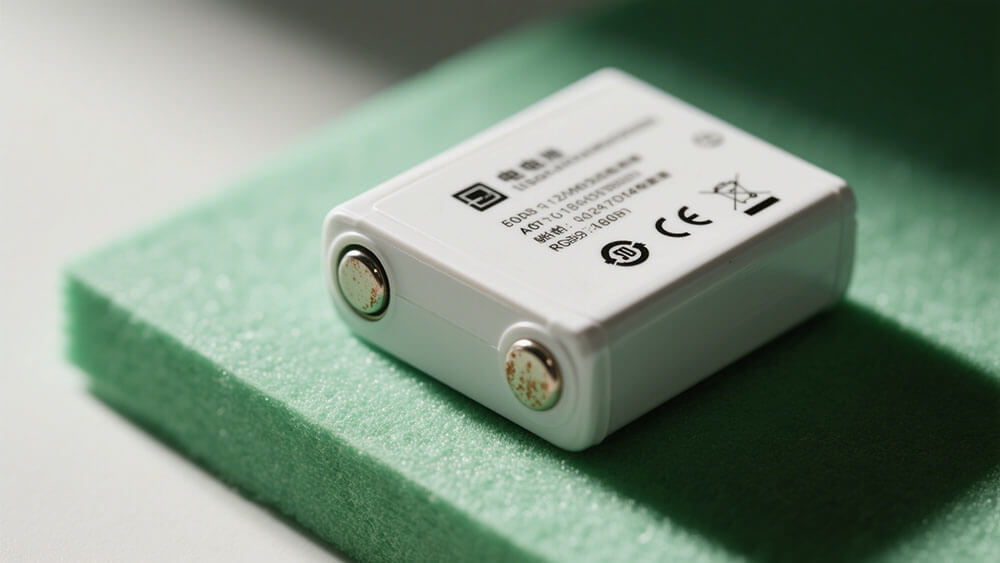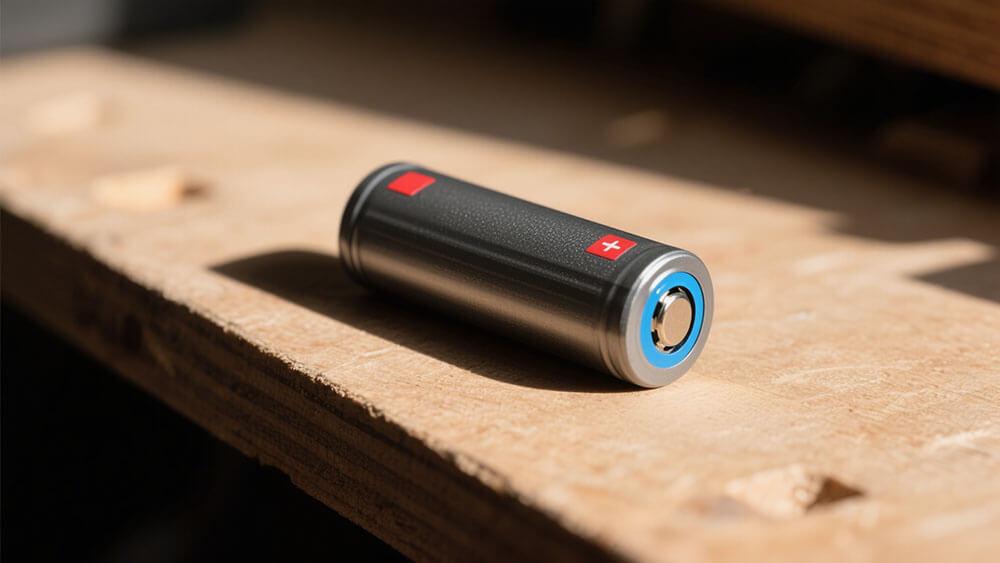
Lithium battery cells imbalancing occurs when individual cells in a battery pack exhibit varying states of charge, capacity, or voltage. This discrepancy can compromise the battery’s overall performance and safety. For instance:
Variations in capacity and impedance create uneven cell currents, generating heat and temperature gradients.
Studies reveal that cells from the same production batch display significant capacity variance after 800–1000 cycles, highlighting long-term imbalance risks.
Unbalanced batteries degrade faster and may fail prematurely. Addressing these issues ensures the longevity of lithium battery packs and reduces hazards like thermal runaway. Proper cell balancing maintains uniform voltages, preventing out-of-balance batteries from jeopardizing reliability.
Key Takeaways
Uneven cells in lithium batteries can lower performance and cause risks. Checking and caring for them often keeps them working well.
Using a Battery Management System (BMS) is very important. It evens out cells, stops overcharging, and spreads energy better for a longer-lasting battery.
Charge batteries the right way to stop uneven cells. Use chargers with BMS and follow charging rules to make batteries work better.
Part 1: Causes of Lithium Battery Cells Imbalancing

1.1 Manufacturing Variations and Internal Resistance
Manufacturing inconsistencies are one of the primary causes of cell imbalance in lithium-ion battery packs. Even with advanced production techniques, slight variations in cell capacity, internal resistance, and electrochemical properties occur. These differences may seem negligible initially but can lead to significant performance disparities over time.
A study highlights that variations in lithium battery cells are influenced by manufacturing tolerances, quality control, and environmental factors such as temperature gradients. It also notes that inhomogeneity in electrochemical characteristics can lead to significant performance issues, with specific findings showing relative variations of 0.28% in cell capacity and 0.72% in impedance across tested cells.
The table below summarizes key findings related to manufacturing variations and their impact on cell balancing:
Key Findings | Description |
|---|---|
Interconnection Resistance | Identified as the main factor affecting performance variability, influencing current and temperature distribution across cells. |
Cell-to-cell variations | Variations in internal resistance and capacity lead to load imbalances during discharge phases. |
Cell Chemistry and Ageing | Mixing different chemistries and using aged cells negatively impacts module performance balance. |
Temperature Effects | Higher temperatures increase thermal gradients, worsening performance imbalances. |
These variations make it essential to inspect for internal resistance issues during production and assembly. Addressing these inconsistencies early can help balance batteries in parallel configurations and prevent long-term battery balancing issues.
1.2 Temperature Gradients and Uneven Heat Distribution
Temperature plays a critical role in maintaining cell balance. Uneven heat distribution within a battery pack creates temperature gradients, which affect the electrochemical reactions in individual cells. Cells exposed to higher temperatures degrade faster, leading to imbalances in capacity and voltage.
Thermal gradients also exacerbate internal resistance differences, causing some cells to work harder than others. This uneven workload accelerates battery degradation and increases the risk of thermal runaway. Proper thermal management, such as using cooling systems or ensuring uniform heat dissipation, is crucial for avoiding parallel inconsistencies and maintaining cell balancing.
1.3 Aging and Degradation of Cells Over Time
As lithium-ion battery packs age, their cells degrade at different rates. This degradation results from various factors, including cycling conditions, temperature exposure, and usage patterns. Over time, these differences cause imbalances in capacity, voltage, and internal resistance.
Aspect of Evidence | Description |
|---|---|
Battery Lifespan Model | Machine-learned predictive model fit to experimental aging data with probabilistic lifetime estimates. |
Degradation Analysis | Tools that pair high-fidelity battery degradation models with performance models to explore battery life research questions. |
Multiphysics Models | Models that provide feedback during cell design, addressing nonuniform degradation, solid/electrolyte interphase growth, and mechanical stress. |
To prevent usable capacity loss, you should regularly measure the cell voltages and monitor for signs of aging. Implementing a robust battery management system (BMS) can help mitigate the effects of age and degradation by ensuring consistent cell balancing throughout the battery’s lifespan.
Avoid high cycling rates and ensure sufficient rest between charge-discharge cycles to reduce polarization effects. These measures will help maintain cell balancing and extend the lifespan of your battery pack.
Part 2: Fixing Lithium Battery Cell Imbalances

2.1 Common Causes of Imbalance and Repairability
Imbalance in battery packs arises from factors such as uneven cell aging, self-discharge variations, faulty balancing systems, or temperature inconsistencies.
Minor Imbalance (small voltage differences, e.g., <0.1V for lithium cells):
Repairable: Can often be resolved via the BMS (Battery Management System) balancing function or manual charge/discharge adjustments.
No need to discard: Safe for continued use after routine maintenance.
Moderate Imbalance (larger voltage differences, e.g., 0.2–0.5V for lithium cells):
Requires manual intervention: May involve replacing aged cells or using active balancing devices.
Cost-dependent: Worth repairing if costs are <30–50% of a new battery pack’s price.
Severe Imbalance (extreme voltage differences or faulty cells):
Evaluate cell condition:
Replace cells if swollen, leaking, high internal resistance, or >30% capacity degradation.
Discard if the entire pack is severely aged (e.g., cycles exceed design lifespan).
2.2 When Can the Battery Pack Still Be Used?
A battery pack with voltage imbalance can remain functional under the following conditions:
High Overall Health: Most cells retain near-original capacity and resistance, with only a small subset requiring repair or replacement (e.g., replacing 20% of degraded cells in an battery pack).
Cost-Effective Repairs: Repair expenses (e.g., manual balancing, cell replacement) are significantly lower than purchasing a new pack, especially critical for high-value systems like industrial energy storage.
Non-Critical Applications: Repaired packs can be repurposed for low-demand scenarios such as solar streetlights, backup power systems, or small-scale energy storage, extending their lifespan sustainably while balancing economic and environmental benefits.
Regular maintenance and proactive voltage balancing are key to maximizing usability in these cases.
2.3 When Should the Pack Be Retired?
A battery pack should be retired under the following conditions:
Safety Risks: Discard immediately if cells show physical damage (e.g., swelling, leaks, or overheating), as these indicate risks of fire, explosion, or toxic exposure.
Poor Cost Efficiency: Retire if repair costs exceed ~50% of a new pack’s price (common for low-cost lead-acid batteries) or when continued use offers minimal economic value.
Severe Aging: Retire when most cells degrade significantly (e.g., capacity <60% of original, internal resistance spikes, or cycle count exceeds design limits, such as lithium batteries >1,000 cycles).
Irreparable Imbalance: If voltage differences persist even after balancing efforts, and critical cells cannot be replaced or restored.
Retired packs must be processed through certified recycling channels to recover materials (e.g., lithium, cobalt) and prevent environmental harm. Prioritize safety and sustainability—retire packs when risks or costs outweigh benefits, but always opt for responsible recycling over landfill disposal.
Key Considerations
Cost-Benefit Analysis: Compare repair/repurpose costs with new pack prices.
Safety First: Never reuse cells with physical damage (swelling, leaks) or thermal issues.
Environmental Responsibility: Prioritize recycling over landfill disposal, even if retiring the pack.
By adopting these strategies, you can maximize resource efficiency, reduce waste, and lower costs while maintaining functionality for non-critical applications.
FAQ
1. What is the role of a Battery Management System (BMS) in preventing cell imbalance?
A BMS monitors voltage, temperature, and current. It balances cells, prevents overcharging, and ensures safe operation for optimal battery performance.
2. Can cell imbalance occur in new lithium battery packs?
Yes, manufacturing variations and internal resistance differences can cause imbalance even in new packs. Regular monitoring helps detect and address early imbalances.
3. How often should you check for cell imbalance in lithium batteries?
You should check monthly or after heavy usage. Use a BMS or voltage meter to identify discrepancies and ensure balanced performance.
Tip: For professional guidance on checking for cell imbalance, visit Large Power.






